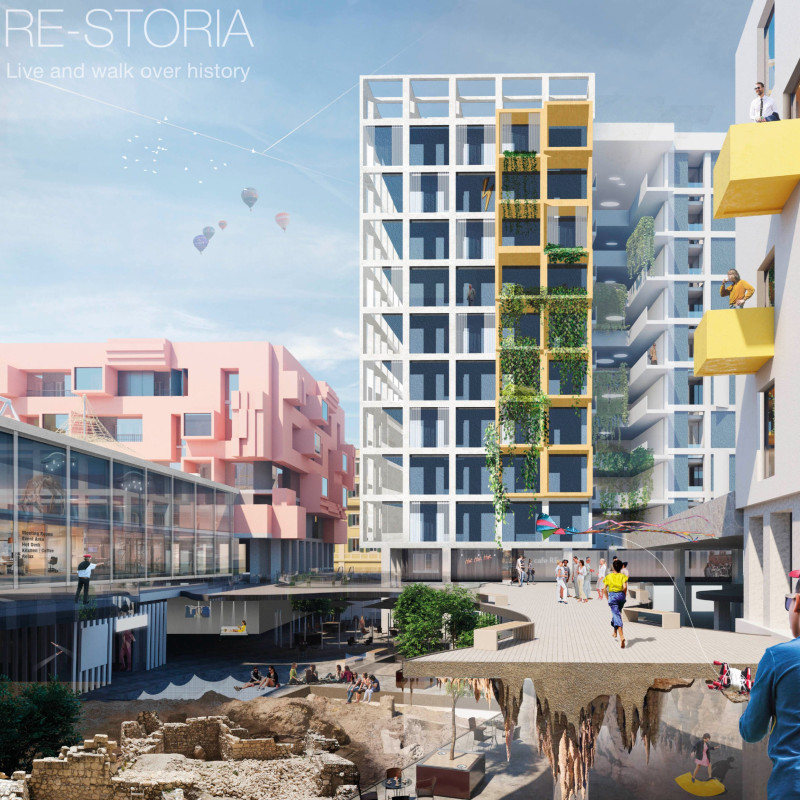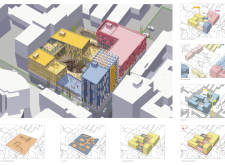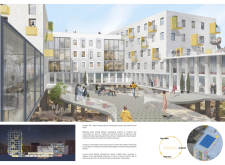5 key facts about this project
Unique Integration of Historical Elements
The design philosophy of "RE-STORIA" emphasizes a unique blend of the old and the new. The project maintains a strong connection to the site’s historical significance by incorporating visible archaeological remains. This integration ensures that residents and visitors can experience the historical context while engaging in modern living. The design encourages exploration of the site through public spaces, including open plazas and gardens, which serve as conduits for interaction and learning.
Environmental Sustainability as a Core Principle
Another unique aspect of this project is its commitment to environmental sustainability. The architectural approach includes passive design strategies that optimize energy efficiency, such as strategically placed windows for natural ventilation and light. The use of eco-friendly materials, like recycled concrete and sustainably sourced timber, reinforces this commitment. Rainwater harvesting systems are incorporated into the design, ensuring efficient water use within the residential and communal areas.
Community-Centric Architecture
The project prioritizes community interaction, showcasing shared spaces such as co-working areas, lounges, and cafés that are designed to facilitate social connections among residents. These communal areas are intentionally positioned to promote accessibility and encourage engagement. The layout of the buildings supports an organic flow of movement, allowing for seamless transitions between private and public spaces. This focus on community fosters a sense of belonging among residents, setting "RE-STORIA" apart from typical residential developments.
The project invites further exploration of its architectural plans, sections, and design concepts. For a comprehensive understanding of its unique ideas and functional layout, readers are encouraged to examine the detailed project presentation that offers deeper insights into the innovative design strategies employed in "RE-STORIA."


























